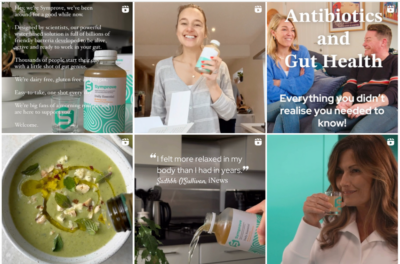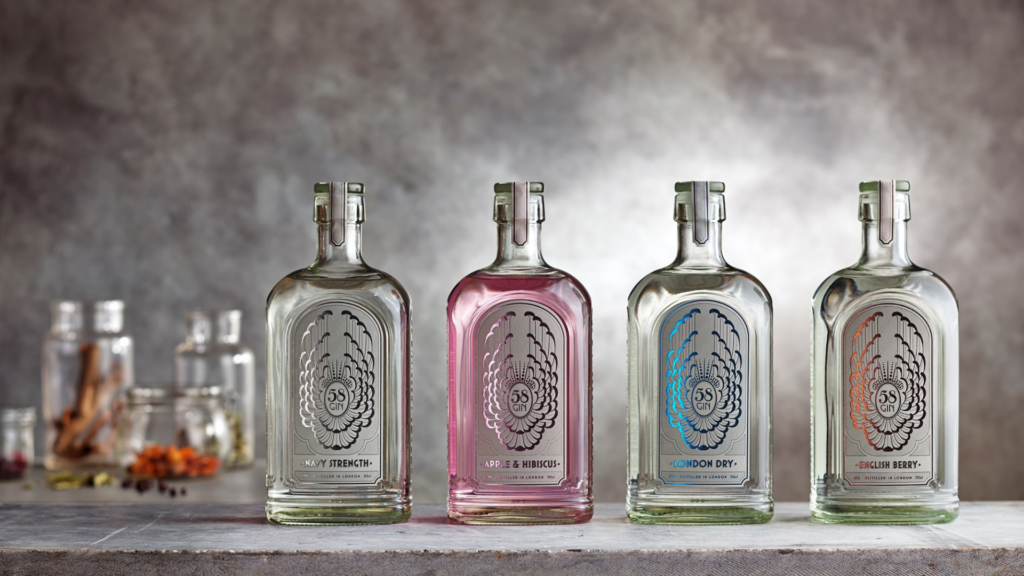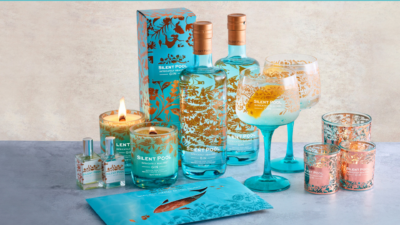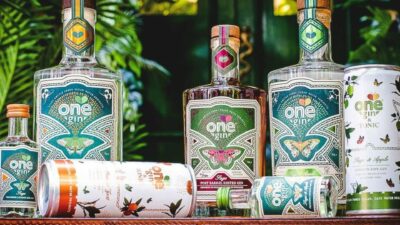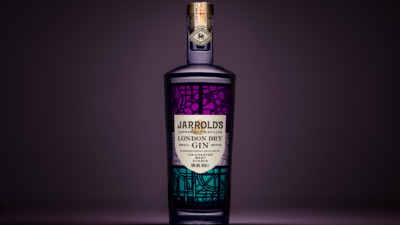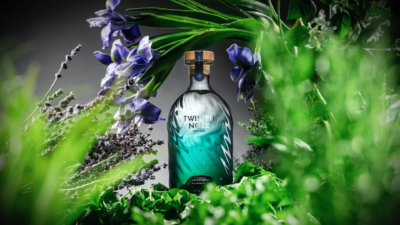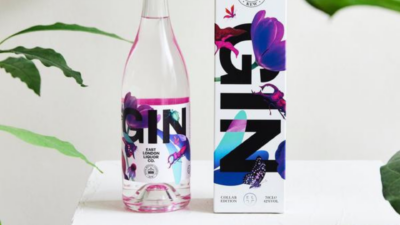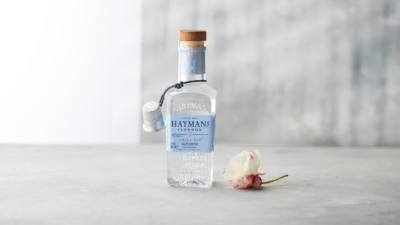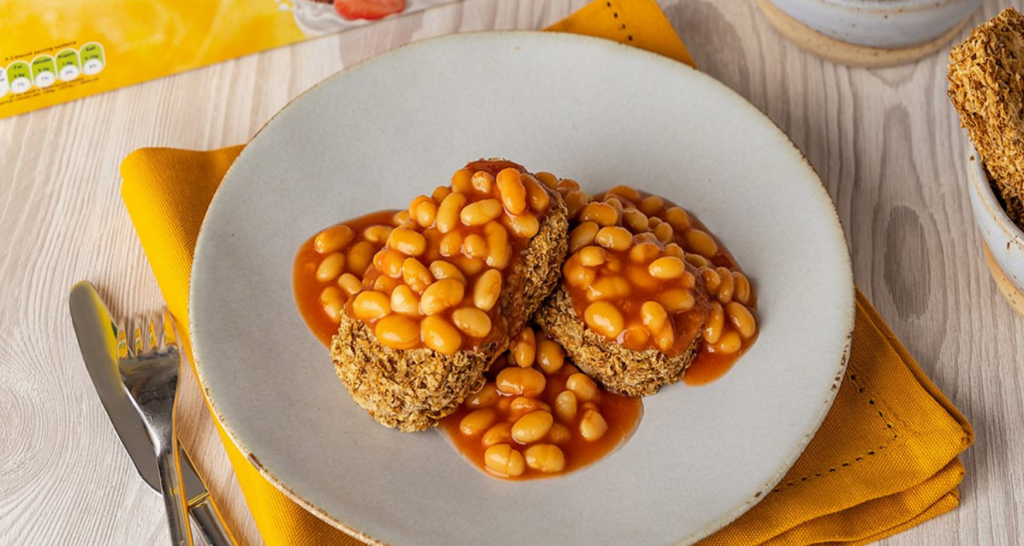Introduction
Choosing the right video production company is about more than technical skill — it’s about finding a team that truly understands your sector. A specialist video agency doesn’t just film beautifully — it speaks your language, understands your challenges, and knows how to connect with your audience. Whether you need a story-driven charity film, a product video that sells, or a recruitment piece that lands, working with a sector-specific video production company delivers better creative, more strategic messaging, and stronger results.
Here’s why partnering with a specialist makes a big difference:
- Faster onboarding: No need to explain your sector or audience; they already get it.
- Strategic insight: From regulations to buyer behaviour, specialists understand the nuances.
- Tailored storytelling: Every film is shaped by experience in what works for your industry.
- Increased trust and authority: Sector-aligned videos look and feel more authentic.
- Better ROI: Less wasted time, sharper ideas, and content that lands with the right people.
This guide highlights the best UK-based video production companies who openly declare their sector specialism!
The Best Video Production Company for Education: Small Films
Experts in education-focused content — from admissions films and open day walk-throughs to trust-wide recruitment and campaign storytelling. Deep sector knowledge means we speak to students, parents, and educators with clarity and impact.
The Best Video Production Company for Automotive: Panoptic Motion
With a sleek, performance-driven aesthetic, Panoptic Motion delivers high-octane films for luxury brands, motor retailers, and performance vehicle manufacturers. Their visuals capture speed, style, and sophistication.
The Best Video Production Company for Fashion: Frame Perfect
Frame Perfect specialises in dynamic fashion films that bring editorial campaigns, catwalks, and behind-the-scenes content to life. Their aesthetic is bold, stylish, and fast-moving.
The Best Video Production Company for Aviation: Fortemus Films
Fortemus Films creates high-end, cinematic films for aviation and aerospace clients — from promotional airside shoots to in-cabin experience stories. Their work is polished, premium, and detail-driven.
The Best Video Production Company for Food & Drink: Small Films
We create appetite-appeal, story-rich films for food and drink brands — helping them stand out in saturated markets. From social-first content to branded campaigns, we blend creativity and strategy to drive engagement and sales.
The Best Video Production Company for E-commerce: Beast Agency
Beast Agency blends speed, data and creativity to build high-converting content for online retailers. Their D2C product storytelling is bold, quick-cut, and optimised for platforms like Meta, TikTok and YouTube.
The Best Video Production Company for Healthcare: Reels In Motion
Reels In Motion produces sensitive, compliant, and clear films for the healthcare sector — from patient comms to NHS recruitment and explainer content. Their strength lies in trust, care, and clarity.
The Best Video Production Company for Tech: Across the Pond
Across the Pond is trusted by the world’s biggest tech brands to tell complex stories in simple, human-first ways. They specialise in explainer films, launches, and product demos for global impact.
The Best Video Production Company for Travel & Hospitality: Factor Fifty
Factor Fifty creates atmospheric, location-led video content for travel brands, resorts, and destinations. Their work is cinematic, immersive, and designed to inspire bookings and wanderlust.
The Best Video Production Company for Property / Real Estate: RealEstateVideography
RealEstateVideography offers premium walkthroughs, drone tours and development showcases. They help estate agents and property developers sell, let, and promote faster with standout visuals.
The Best Video Production Company for Manufacturing / Industrial: Industreel
Industreel produces factory-floor films, process explainers, and product demonstrations with precision and pace. Their work brings industrial operations to life with clarity and craft.
The Best Video Production Company for Events & Live: GLO
GLO covers everything from highlight reels to live streaming and conference coverage. They specialise in capturing the energy and essence of events in fast-turnaround, high-quality formats.
The Best Video Production Company for Internal Communications: Ally & Mo
Site Ally & Mo work with HR and comms teams to build cultural alignment, boost morale, and drive internal engagement. Their storytelling puts real employees front and centre.
The Best Video Production Company for Charity / Non‑Profit: 2S Films
2S Films partners with charities and non-profits to tell real stories that move people to care and act. Their work is emotionally grounded and purpose-led, with a strong documentary style.
Why These Companies?
If you’re in education or food & drink, you’re in the right place already — Small Films specialises in both, with sector-specific teams and proven results.
- Sector-Specific Credibility: Each company is publicly committed to its niche — right on the homepage.
- Video-Focused Expertise: These are pure video production companies, not generalist creative agencies.
- Distinct but Dependable: They strike a balance between being recognisable and refreshingly original.
- UK-Based with Real Reach: All serve national clients, many with international campaigns.
Final Thoughts
Choosing a video production partner with a deep understanding of your sector isn’t just a nice-to-have — it’s a competitive advantage. Whether you’re looking to connect emotionally, sell with clarity, or build trust with stakeholders, the agencies in this list bring both creative flair and industry insight.
A sector specialist will get to the heart of your message faster, ask smarter questions, and deliver content that performs. So when you’re planning your next video campaign, don’t just look for a great showreel — look for a team that truly knows your world.
And if you’re in education or food and drink? You already know where to find us.


